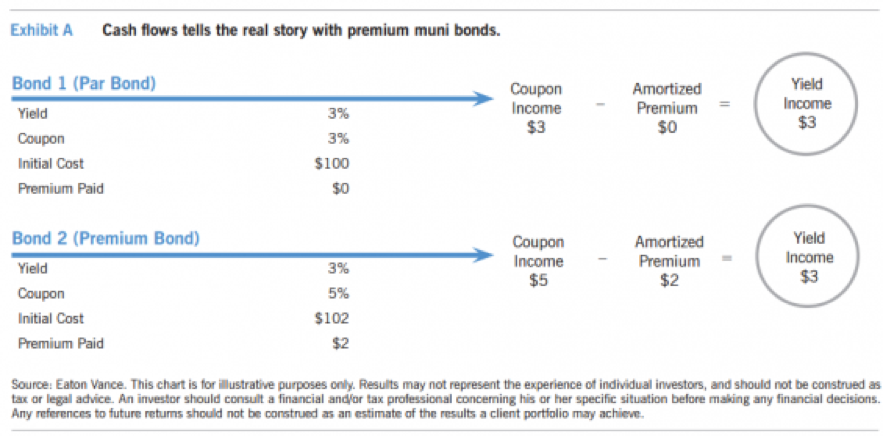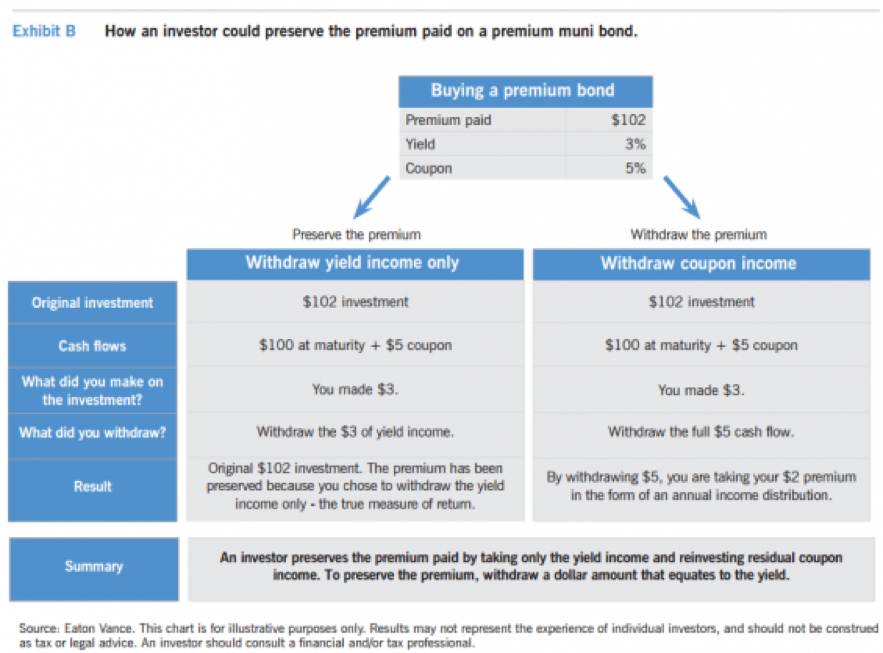For the average citizen, comprehending government finance is along the lines of comprehending quantum physics.
Fortunately, a new company, ClearGov, has been launched to address the former. We’ll leave the latter to institutions of higher learning.
Based in Hopkinton, the startup was founded last year to bring clarity to government finance, hence its name.
And the company has already been making news. Earlier this year, it took first place in AOL Inc.’s TechCrunch PitchOff at the Royale nightclub in Boston. Billed as an event showcasing the “Cream of the Boston Startup Crop,” TechCrunch has been hosting startup competitions in Boston every year since 2013.
ClearGov was one of only 10 finalist startup companies chosen to participate. At the event, its CEO and founder Chris Bullock was given 60 seconds on stage to pitch ClearGov to a packed house of hundreds of attendees and a panel of judges made up of local venture capitalists and TechCrunch editors.
“Everyone has a right to know how their local property tax dollars are being managed,” said Bullock. “ClearGov transforms complex and confusing municipal financial reports into easy-to-understand infographics that benchmark cities’ and towns’ performance against statistical peers. The platform helps local governments better communicate their financial performance to help inform voters and policy makers. Being selected by the panelists as the winner was a great validation for our business and clear indicator that there is demand for tools that help governments drive efficiencies.”
As result of its victory, ClearGov was awarded an exhibitor table in May at TechCrunch Disrupt NY 2016, an event described as “the world’s leading authority in debuting revolutionary startups.”
ClearGov was also recently named by the editors of Government Technology magazine to the GovTech100 comprised of 100 government-focused companies with innovative or disruptive offerings.
Bullock recently discussed his company with Daily News staff writer Bob Tremblay.
QUESTION: Why was the business started?
ANSWER: ClearGov was born from a simple question: “How are my property taxes being spent?” I searched municipal websites and found large, annual reports 200-300 pages long. About halfway into them I would find the financial statements, but they used unfamiliar terminology, had complex transfers between funds and generally lacked any context to the numbers. For example, seeing that a municipality spends $60 million on education is nothing more than looking at a large number without context. What people want to see is how much of their money goes towards things like education and are the tax dollars being spent efficiently compared to other cities and towns. In other words, I could see a tremendous need for clarifying government data and putting it into perspective. Fulfilling that need facilitates the overall enhancement of government efficiency and public engagement in a most productive manner.
This isn’t my first time taking an opaque industry and making it transparent. I did that in the legal industry as well as co-founder of Sky Analytics, which helped large corporations benchmark attorney rates and matter costs. It has since been sold to Huron Consulting. I was fortunate to combine my analytic background with my co-founder’s solid municipal and executive management operations. ClearGov is my fifth company.
Q: Why did you choose your current locale?
A: I live in Hopkinton and decided to base the business in my hometown.
From April to June, ClearGov was invited to be part of the Innoloft Acclerator at the Constant Contact headquarters in Waltham. We’ve grown from four to eight employees and our development team will soon be expanding, so we have since relocated from Waltham to Hopkinton.
Q: Do you have other businesses or work in other businesses?
A: No.
Q: What does your company do?
A: ClearGov creates financial transparency pages on our website for every town in Massachusetts (and several other states) that are free to the public. We sell expanded, more robust and granular data platforms to the municipalities for an annual fee. Those platforms are linked or embedded in their municipal websites to provide a user-friendly consumer interface for local government transparency. Local municipalities add more recent and detailed financials to the site along with commentary to better tell the story behind figures, to share the metrics that drive budgetary decisions and to access tools to benchmark their municipal budget against the state and their statistical peers.
Q: What makes you different from the competition?
A: Benchmarking: Numbers by themselves are near meaningless to the average citizen. To know that your town spends $55 million on education is not too helpful, but to know that your town spends 47 percent more than similar towns on education is interesting. Benchmarking provides powerful context to data.
Visual format: Our infographic format is easier to digest for the average citizen; other platforms often have a lot of bells and whistles, but too many options can confuse the average citizen. So we’ve purposely taken a simpler approach to the user interface modeled after infographics.
Market approach: From a more holistic standpoint, our whole market approach is unique. ClearGov.com is a resource for taxpayers. Towns have a presence on ClearGov even without their participation, so towns are drawn to want to manage their presence.
Non-financial metrics: ClearGov intertwines demographic and educational data to better communicate the factors that may be driving costs.
Q: What is the price of your service?
A: ClearGov’s annual fee is based on the municipality’s annual budget and ranges from $2,500 a year to $25,000 a year. ClearGov launched its service to municipalities in December 2015. Framingham, Sudbury, Holliston, Norwell, Norwell, Easton, Athol, Brookline and Upton are just a few of the towns that have already signed up.
Q: Any future plans?
A: ClearGov will be launching in several new states in the coming months.
Q: Any news to report?
A: ClearGov is currently raising a seed round of investment.
Q: Apart from residing in Hopkinton, do you have any other MetroWest connections?
A: I was born and raised in Framingham and graduated from Framingham High School in 1995.
ClearGov’s website is www.ClearGov.com.
The Milford Daily News
By Bob Tremblay
Daily News Staff
Posted Jul. 11, 2016 at 12:01 AM





















